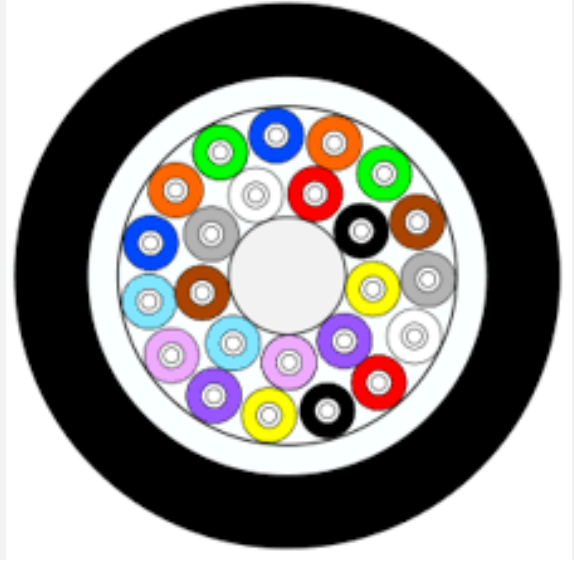Oufu Optical Fiber Cable Co.,Ltd
Address: Shenyang, Liaoning, China
Contact person: Manager Zhang
Phone: 400-964-1314
Mobile phone: +86 13904053308
【whatsapp && wechat】
2024-11-15 1327
Introduction
Direct burial fiber cable, also known as direct burial fiber optic cable, represents a crucial technology in modern telecommunications infrastructure. These cables are specifically designed to be buried directly in the ground, offering robust and reliable connectivity for a wide range of applications. This article aims to provide a comprehensive understanding of direct burial fiber cables, including their construction, installation processes, and the benefits they offer.

What is Direct Burial Fiber Cable?
Direct burial fiber cable is a type of communication cable that is externally armored with steel tape or steel wire for protection. It is intended for direct burial in underground environments, requiring resistance to mechanical damage and corrosion from soil. These cables are essential for transmitting high-speed data and voice signals over long distances with minimal signal loss.
Construction and Features
Armor Layer: The outer layer of direct burial fiber cable is typically made of steel tape or steel wire, providing protection against physical damage from digging, rodent activity, and other potential hazards.
Optical Fibers: The core of the cable consists of one or more optical fibers, which transmit light signals. These fibers are encased in a protective layer to prevent damage and ensure signal integrity.
Water Blocking Materials: Direct burial fiber cables often incorporate water-blocking materials to prevent moisture ingress, which can degrade cable performance over time.
Installation Process
Installing direct burial fiber cable involves several critical steps to ensure optimal performance and longevity:
Trench Preparation: A trench of appropriate depth and width is excavated based on the number of cables and local soil conditions. The trench bottom should be flat and firm to prevent cable damage.
Cable Laying: The cables are carefully laid in the trench, avoiding crossovers and overlaps. Special attention is paid to maintain the minimum bending radius to prevent fiber damage.
Backfilling and Protection: Once the cables are laid, the trench is backfilled with suitable material, such as sand or fine soil, to provide additional protection and support. In some cases, a layer of concrete or bricks may be placed over the cables for added durability.
Inspection and Testing: After installation, the cables are inspected and tested to ensure they are functioning correctly and meeting the required specifications.www.adsscable.cn
Benefits of Direct Burial Fiber Cable
Durability: The armored construction of direct burial fiber cables makes them highly resistant to physical damage, ensuring reliable connectivity even in harsh environments.
Long-Distance Transmission: Optical fibers can transmit signals over long distances with minimal loss, making direct burial fiber cables ideal for backbone networks and other critical infrastructure.www.adsscable.cn
Security: Burying cables underground reduces the risk of tampering and theft, providing a more secure transmission medium.
Cost-Effective: While the initial installation costs may be higher, direct burial fiber cables offer lower maintenance costs and longer lifespans compared to other cable types.
www.adsscable.cn
Conclusion
Direct burial fiber cable is a vital component of modern telecommunications networks, offering robust and reliable connectivity underground. By understanding the construction, installation processes, and benefits of these cables, professionals can ensure optimal network performance and reliability. As technology continues to evolve, direct burial fiber cables will play an increasingly important role in supporting high-speed data transmission and voice communication needs.
Keywords: direct burial fiber cable, optical fibers, telecommunications infrastructure, cable installation, durability, long-distance transmission, security, cost-effectiveness.